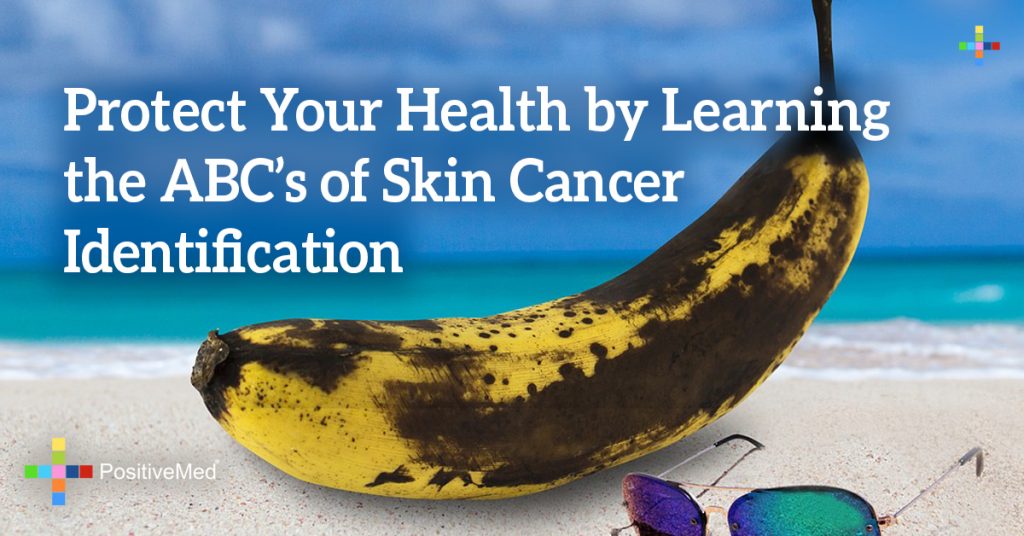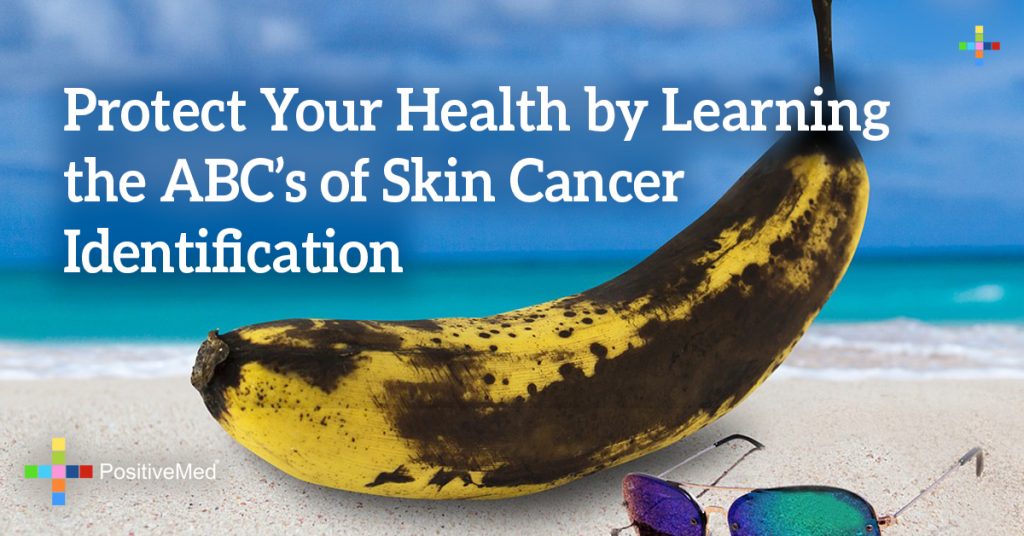
Protect Your Health by Learning the ABC’s of Skin Cancer Identification
Skin cancer is one of the most common forms of cancer seen in the United States. It is estimated that 5 million people in the United States receive treatment for skin cancer each year. Annually, there are more cases of skin cancer than breast cancer, prostate cancer, lung cancer, and colon cancer combined. If these statistics are not enough to show the prevalence of skin cancer in the United States, according to an article published in the Journal of American Medicine in 2005, 20 percent of Americans will have skin cancer throughout their life. The gradual increase in skin cancer cases can be seen by the fact that between 1992 in 2006, according to Arch Dermatol 2010, there has been a 77 percent increase in the number of skin cancer cases.
A person’s risk of skin cancer increases as they age. Research has shown that between 40 and 50 percent of individuals who live to the age of 65 will have some form of skin cancer. The most common form of skin cancer in the United States is basal cell carcinoma. Approximately 2.8 million individuals are diagnosed with this nonlethal yet potentially disfiguring form of cancer. Number two on the list of common forms of skin cancer is squamous cell carcinoma. There are approximately 700,000 cases diagnosed in the United States. Incidences of this form of cancer are on the rise. According to the American Academy Of Dermatology, squamous cell carcinoma cases have increased 200 percent in the United States over the last 30 years.
How to Identify Skin Cancer
Basal Cell Carcinoma
This form of skin cancer is not aggressive. It is caused by unprotected exposure to UV light. All skin types are at risk for BCC. Basal cell carcinoma often appears as a small papule that has a pearl like appearance. It may also have the appearance of a small patch of pink skin or a whitish scar. In some cases, it may appear as a lesion that will not heal, is painful, bleeds, as a brown patch of skin, or as a bump that is semi-translucent.

Squamous Cell Carcinoma
This form of skin cancer manifests itself as red or pink scaly patches. It also appears in the form of a flesh colored bump that has a hard center. Lesions that bleed or are painful may also be squamous cell carcinoma. This form of cancer is found in individuals with all skin types. It is the number one form of skin cancer in African-Americans and Indians. Contrary to popular myths, all people are at risk for skin cancer regardless of the color of their skin. In individuals with brown skin, this form of cancer is more likely to develop in areas that experienced previous trauma, such as scars, burns, or exposure to radiation.
Melanoma
This form of skin cancer can be black, brown, red or pink, flesh tone, purple, raised, or flat. It can develop under the nails in the form of a line under the nail. A good rule of thumb is to follow the ABCD checklist for melanoma: asymmetric, irregularly bordered, colored, or growing in diameter.

Skin cancer affects a large portion of the US population. Thankfully, if cases of skin cancer are identified and caught early, they can be treated and have no long-term ill effects. For this reason, it is imperative that people take the time and become familiar with the identifying marks of skin cancer.
Skin cancer| American Academy Of Dermatology
Skin Cancer Statistics| Centers for Disease Control and Prevention






